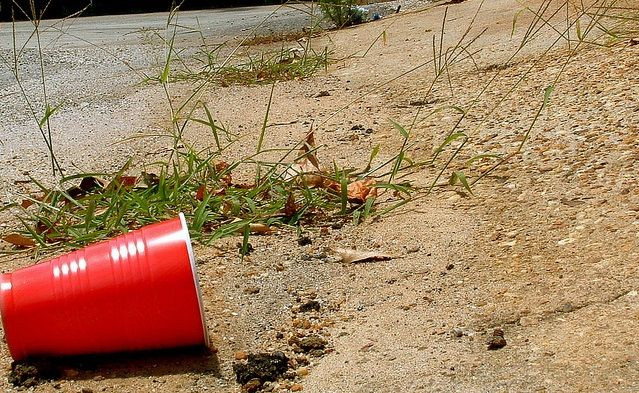Binge Drinking Curbed By Fear Of Cancer For College Students: The Value In Overcoming Message Fatigue

College is no doubt a time of experimentation, and it’s also no surprise that gallons of booze act as a sort of lubricant for those experiments. This makes college students expert socializers, but it’s also hurting their health. And until scientists mentioned the big C, cancer, the cautionary tales had little effect.
There’s a phenomenon in public health and advertising where a message can only be relayed a certain number of times, in a certain number of ways, before the audience tunes it out. It’s called “message fatigue.” Anti-smoking groups, the Food and Drug Administration, and most recently University of Buffalo researchers, have all found frustration in getting the word out — whether it’s in quitting, pushing fruits and vegetables, or getting students to stop kissing the bottle.
The trick in overcoming message fatigue is unrelenting creativity. Of course smoking kills. But smokers aren’t smoking for their health, so is it any wonder that selling them on longevity falls short? A 2013 study even found that warning labels make cigarette users feel more comfortable smoking because the honesty reflects some sort of transparency within cigarette companies. A more effective solution is to appeal to personal desires. Tell teenagers they’ll have less money, or that their skin will suffer. Telling them they might die is useless; teenagers feel invincible.
Buffalo researchers applied the same tactics in their latest study. They issued an online survey to a group of college students, in which they embedded their experiment to assess whether alcohol-related cancer risks had varying effects when they are shown in different formats (graphs, text, charts, etc.). They also tested to see if these messages depended upon the numerical skills of each student.
In the U.S. alone, four out of five college students drinking alcohol, according to the National Institute on Alcohol Abuse and Alcoholism. Worse, 90 percent of the drinking done under 21 years old is binge drinking, says the Centers for Disease Control and Prevention. The bottom line: When college students drink, they’re doing it to get drunk.
"Binge-drinking among college students has been recognized as one of the most serious public health concerns for over a decade,” said Cindy Yixin Chen, researcher in the Department of Communications, in a statement. “The current alcohol-prevention campaigns generally focus on consequences of binge-drinking, such as DUI, unintended injuries, death, or a series of health and psychological problems.”
Chen and her co-researcher, Z. Janet Yang, claim their study is the first to compare which formats for warning of alcohol-related cancer is most effective. Where previous studies that have warned of blacking out, hangovers, nausea, vomiting, and unplanned pregnancies have largely failed to capture students’ attention, Chen and Yang found that risk perception soared when they told students about cancer risks through tables and graphs.
According to Chen, many messages never register with their intended target because they aren’t delivering new information — or if it is new, it’s in dire need of repackaging. “These negative consequences are well-known, and students hear these repeatedly, which may incur message fatigue," she explained. Hangovers and puking are par for the course, sometimes even desirable, so public health officials that put the information on repeat are only wasting their breath.
"The risk messages we designed focused on the cancer incidence rates attributable to drinking,” Chen concluded. “This is an innovative approach in message design, as not many college students know the association between drinking and cancer."
Chen and Yang will be presenting their findings at the 64th Annual International Communication Association Conference in Seattle, Wash., on Sunday, May 25.



























